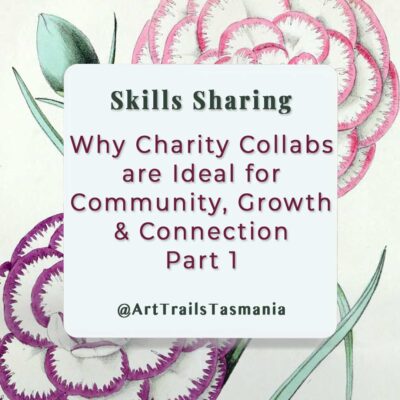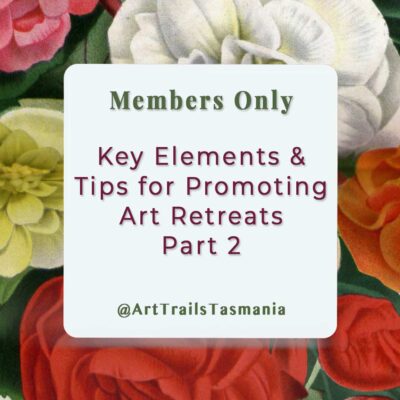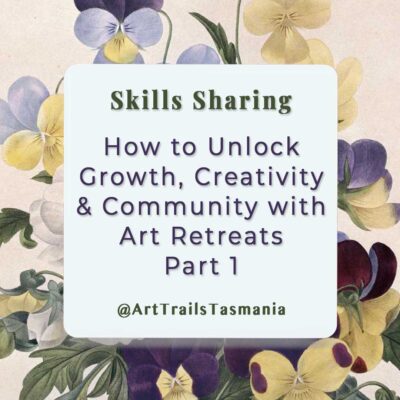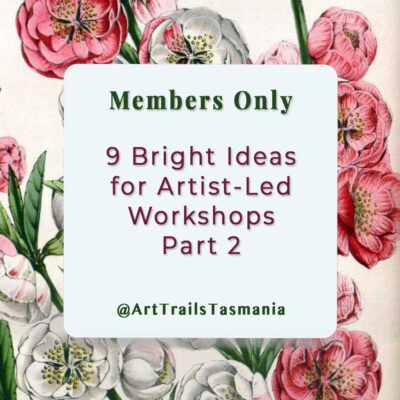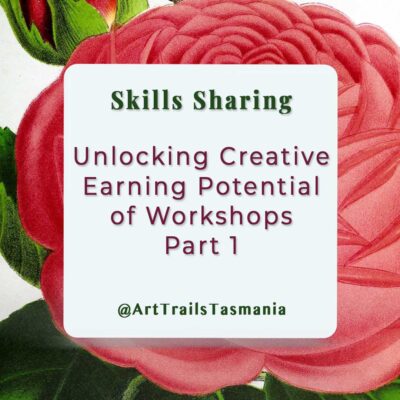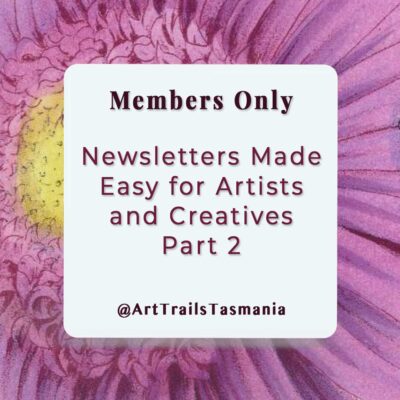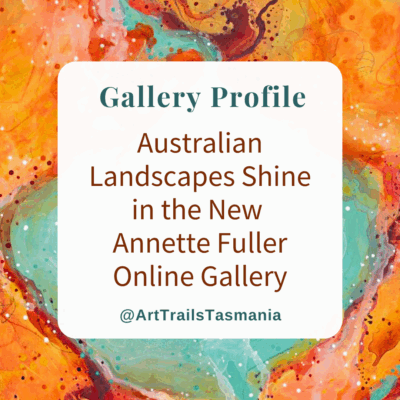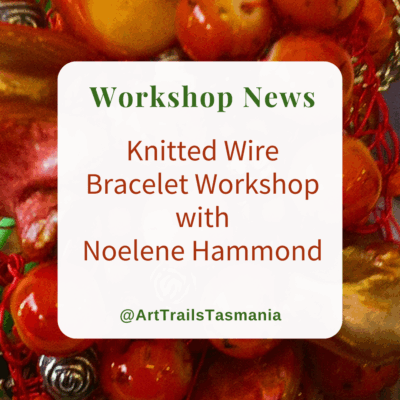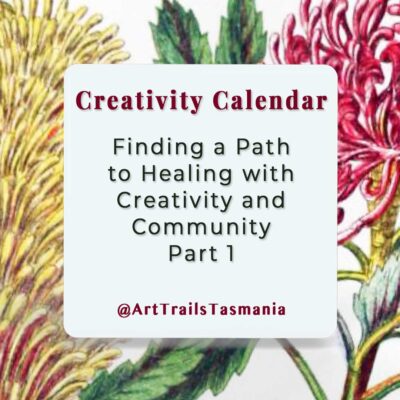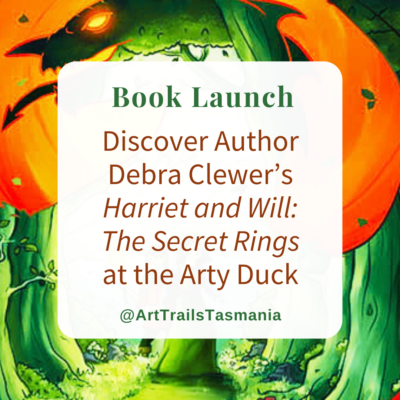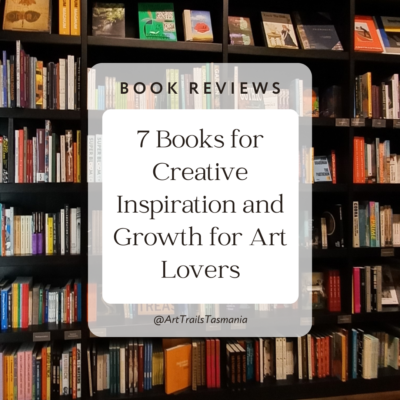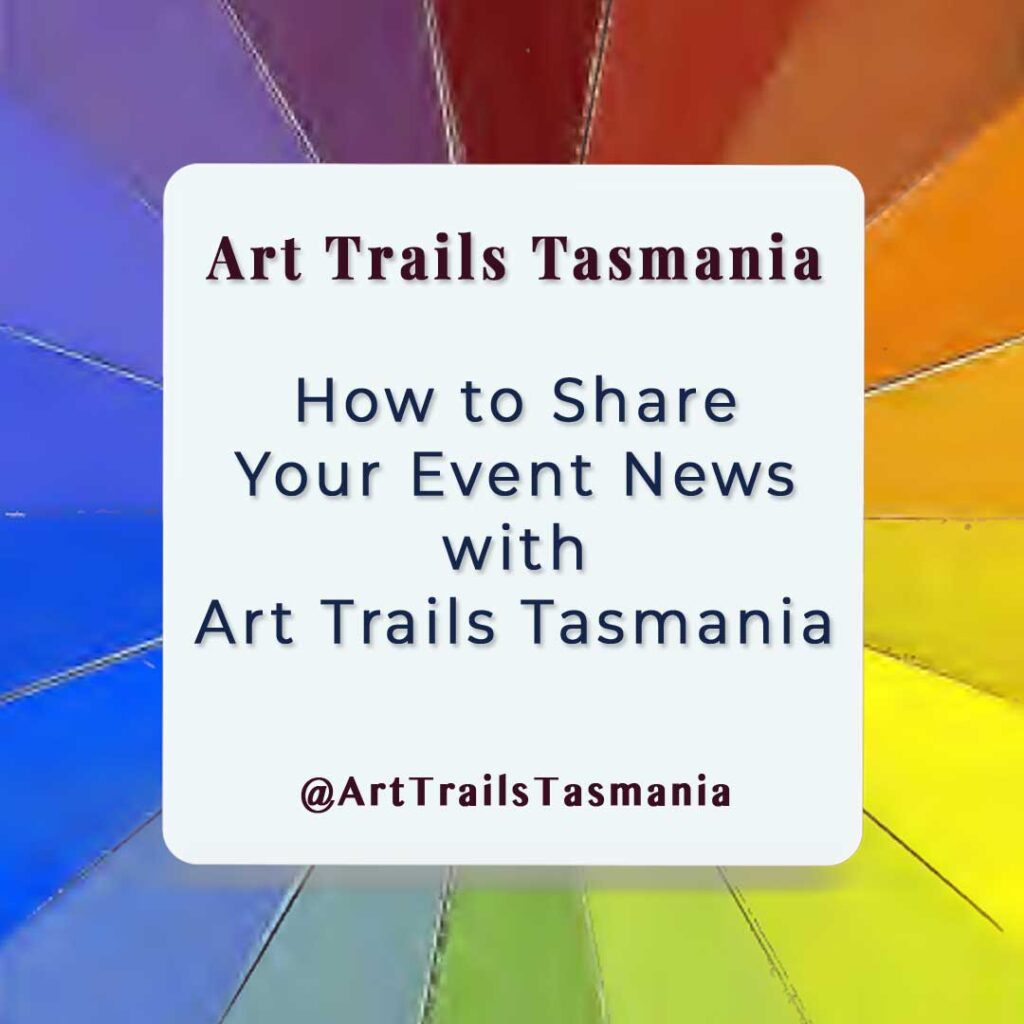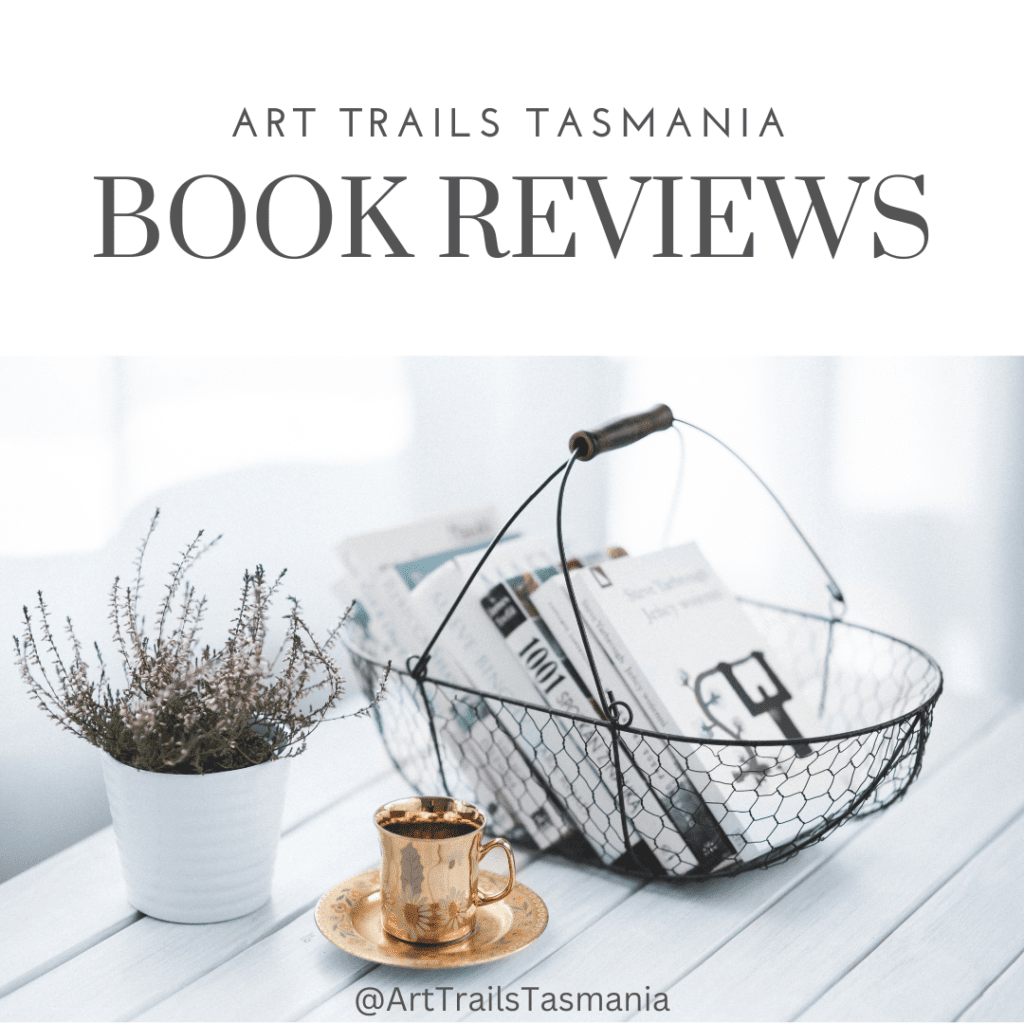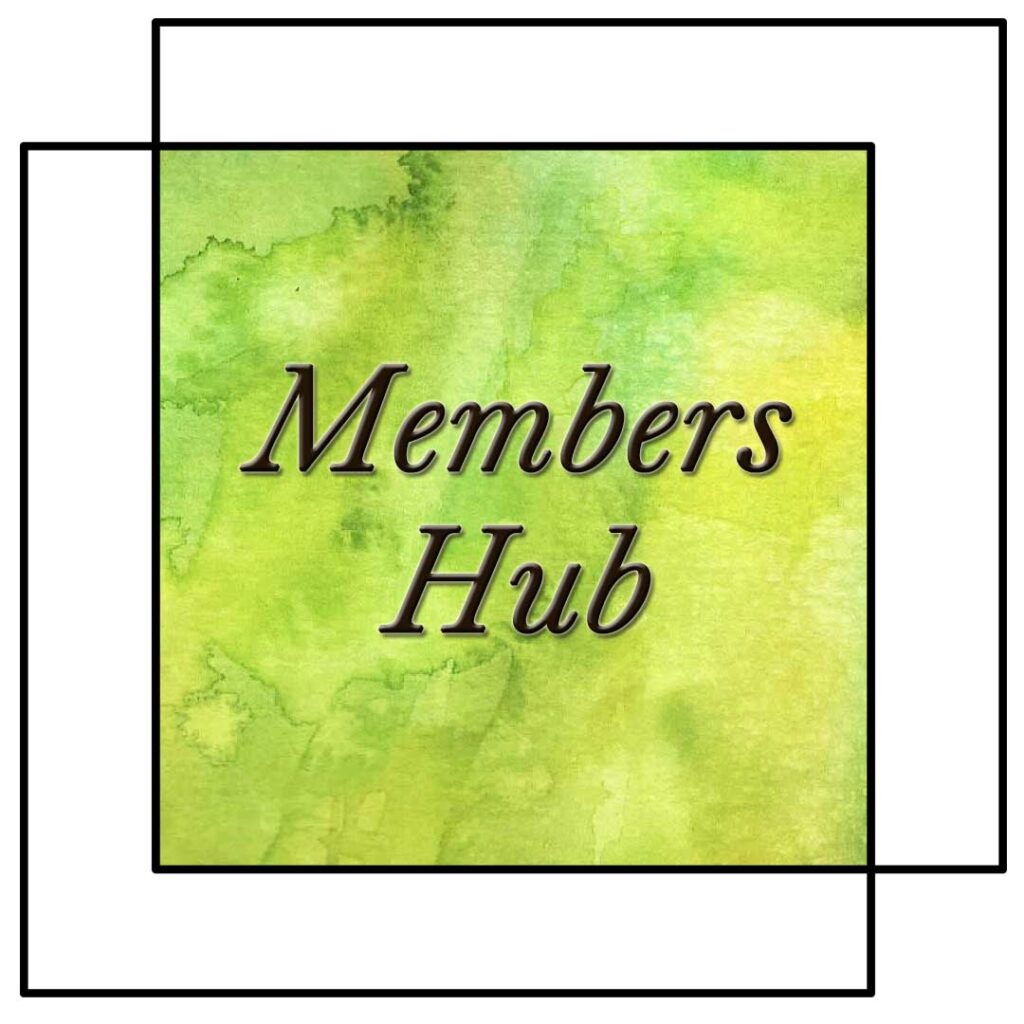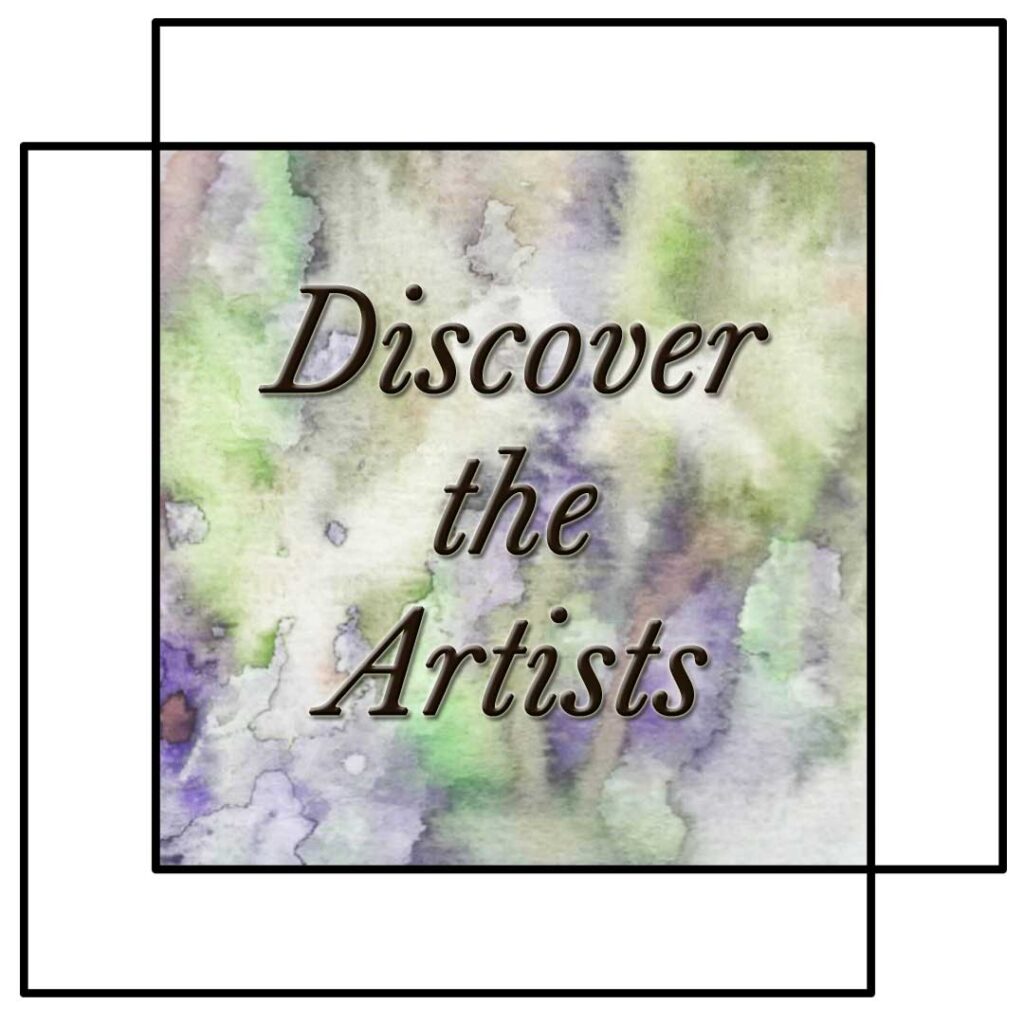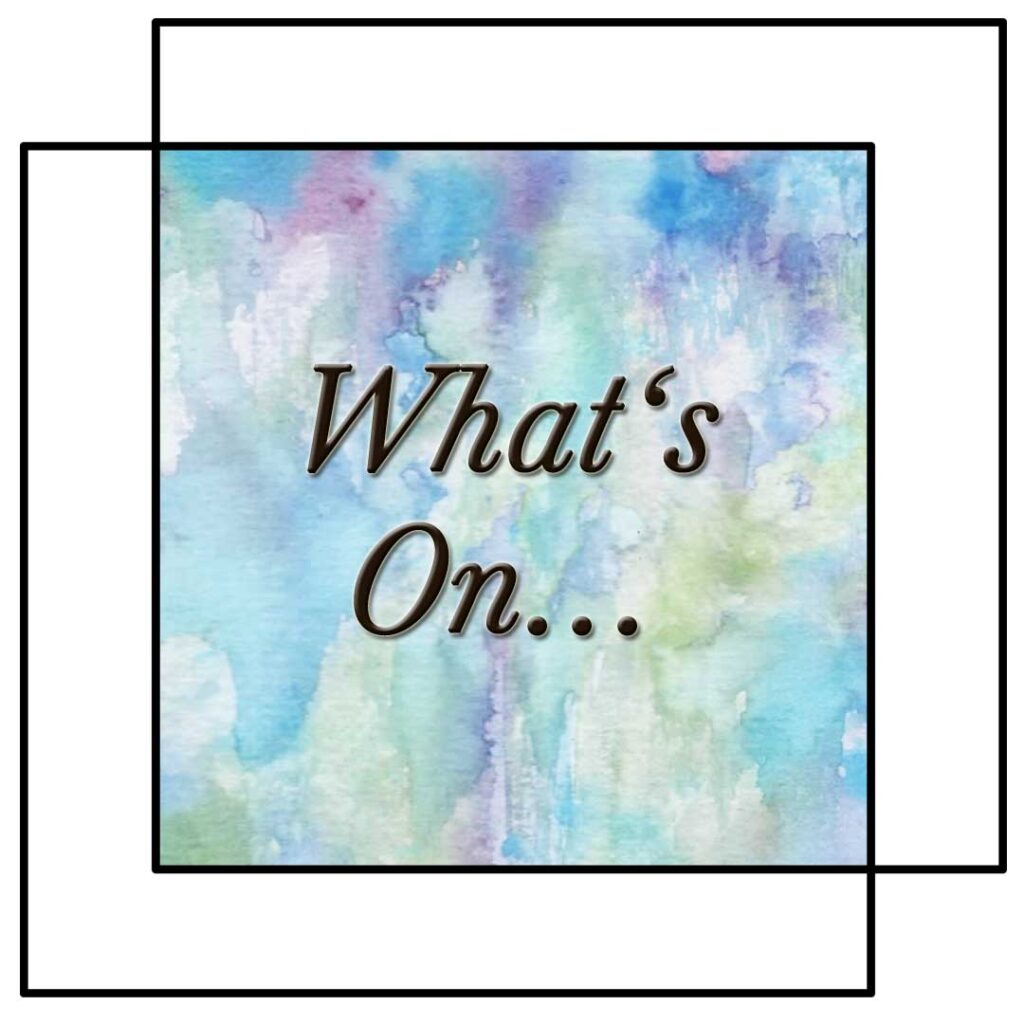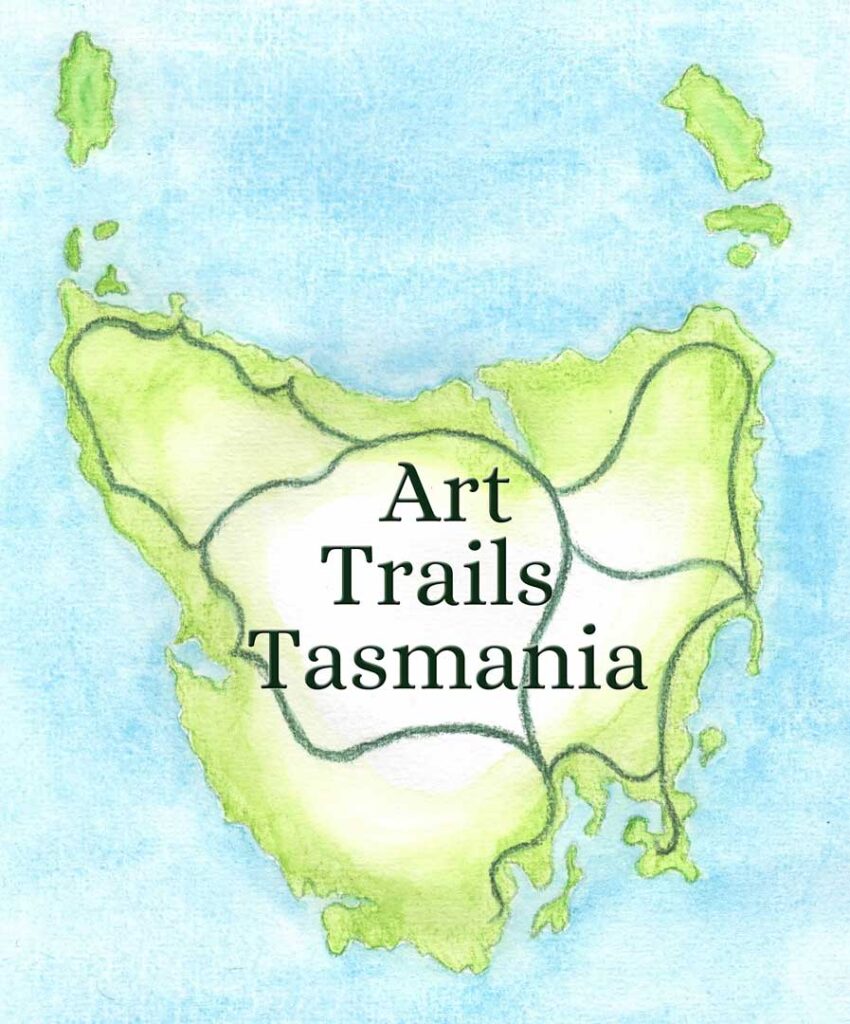10 Sketchbook Practice Ideas
A sketchbook is more than just blank pages – it’s a space where curiosity, play, and experimentation come together.
In Part One, we explored why sketchbooks are such a powerful tool for creative exploration. If you missed it, you can read Discover Creative Freedom Through a Sketchbook Practice Part 1.
Now, let’s dive into 10 fresh, practical ideas designed to spark your creativity and keep your sketchbook practice alive and inspiring.
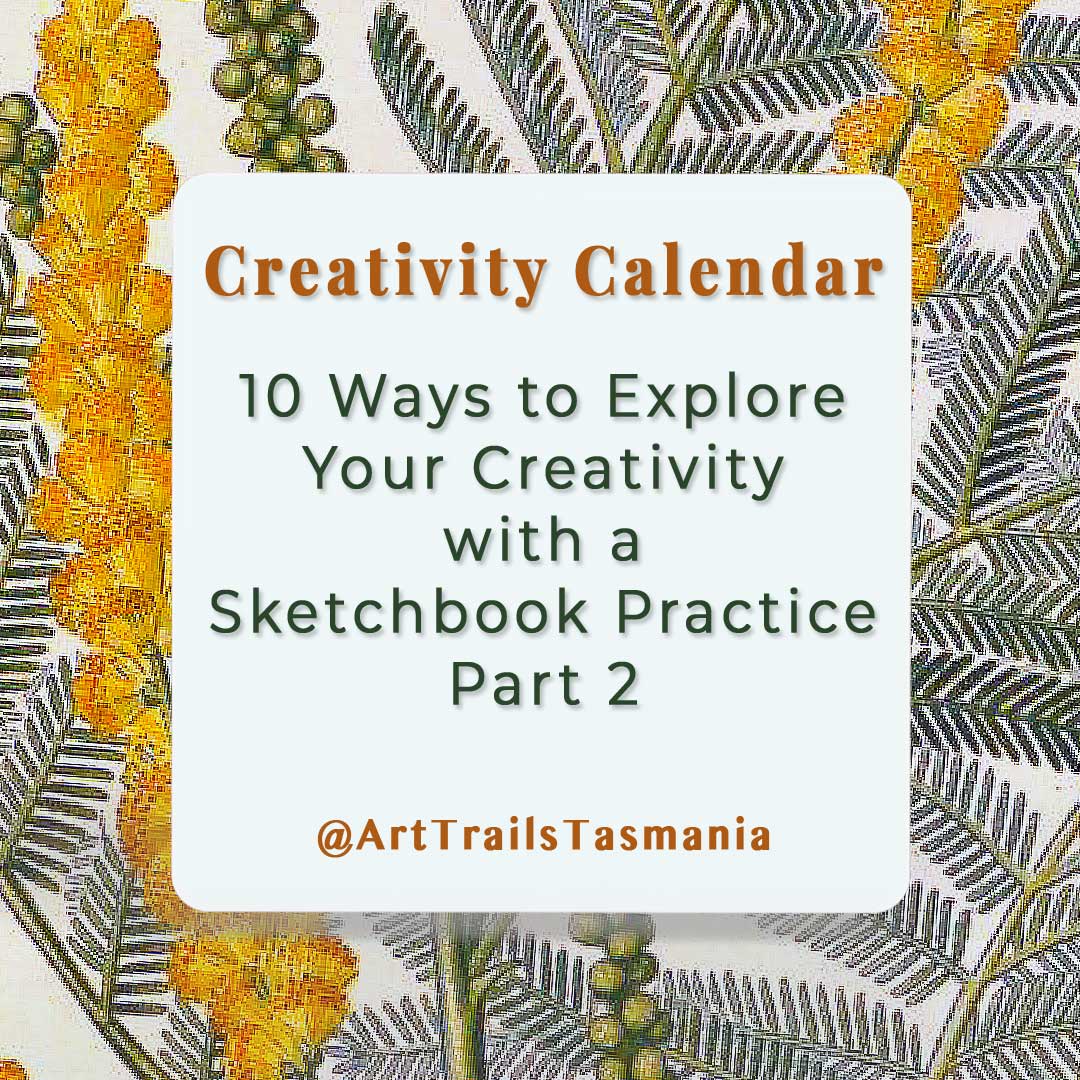
Your Sketchbook Practice Inspiration
Here are 10 ideas to explore in your sketchbook practice, which ones will light your imagination and how will you make them your own?
1. Create a Daily or Weekly Prompt Page in Your Sketchbook
Set aside a page for weekly or daily prompts to kickstart your imagination. These can be simple, like “draw something green” or “use only dots.”
Prompts remove the pressure of deciding what to do and help you jump straight into the creative process without overthinking.
Adding regular prompts also builds consistency, which is key for developing your artistic voice.
Over time, you’ll gather a unique collection of responses, almost like a visual diary. Prompts act as gentle structure, encouraging creativity even when motivation feels low.
2. Build a Mixed Media Inspiration Spread
Choose a colour palette or theme and explore it using a mix of materials; ink, collage, fabric, pencil, watercolour or stitching.
This lets you observe how different textures interact, offering valuable insight into combining materials in future work.
The spread itself can become a reference library, something you can revisit for future projects when seeking inspiration.
It’s also a playful way to push boundaries, mixing unexpected materials and observing which contrasts feel harmonious or striking. Experimenting freely can lead to exciting new techniques and can lead to alternative pathways.
3. Do a “One Medium” Challenge
Limit yourself to one material per page or session, charcoal one day, coloured pencil the next, and see how much you can express with it.
This focused restriction often leads to surprising discoveries and can help you master techniques you might otherwise avoid.
It can also be a great way to purposefully play with and explore your existing art supplies stash.
Committing to one tool makes you inventive, forcing you to explore mark-making, texture, and depth more deeply.
Instead of chasing perfection, you’ll find freedom in exploring limitations. It’s also a practical way to reconnect with neglected tools and rediscover their possibilities.
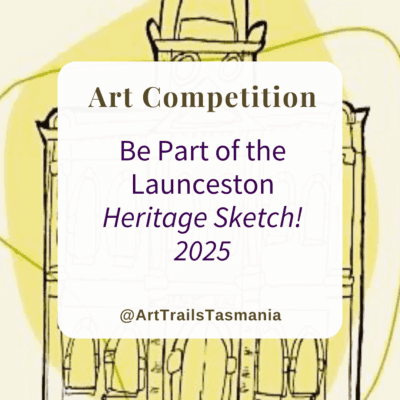
The Launceston Heritage Sketch 2025
This exciting Heritage Sketch Art Competition is for kids from Kinder to Year 12 and is all about exploring and drawing Launceston.
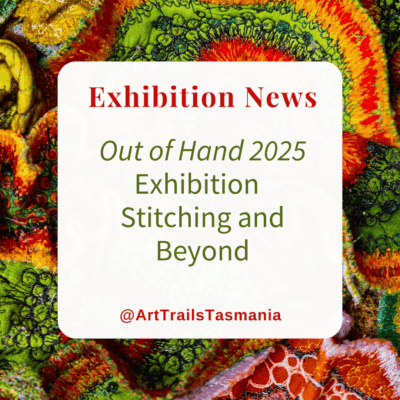
The Stitching and Beyond Out of Hand Exhibition
It is time to celebrate the joys of textile art with the always popular Stitching and Beyond “Out of Hand” Exhibition!
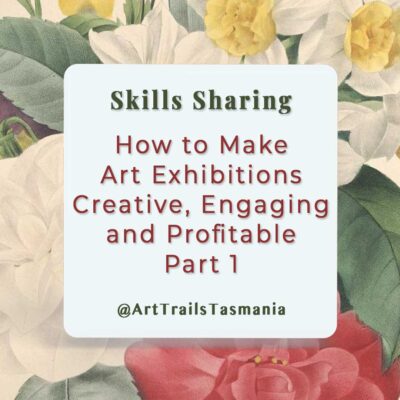
How to Make Art Exhibitions Creative, Engaging and Profitable Part 1
Successful art exhibitions can be game changers for artists, galleries and art societies, so dive into Part 1 of our guide on How to make your art show a success!
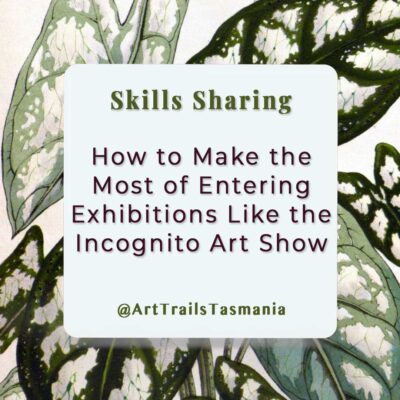
How to Make the Most of Entering Exhibitions Like the Incognito Art Show
Discover how to make the most of the opportunity of entering the Incognito Art Show so you can grow your Artist Profile, find new supporters and buyers and flourish!
4. Collect Found Objects and Incorporate Them in Your Sketchbook
Glue in a leaf, a clothing tag, an exhibition ticket or fabric scrap, and respond to it with drawing, stitching, or writing.
This kind of visual journaling encourages spontaneity and personal storytelling, turning your sketchbook into a record of daily life.
These fragments add tactile richness and context to your pages, weaving together memory with art.
Each object carries its own history, making your sketchbook uniquely personal.
By interacting with them creatively, you transform everyday ephemera into sparks for reflection, imagination, and playful experimentation.
5. Use Your Sketchbook as a Creative Mind Map
Dedicate a few pages to brainstorming ideas; for future artwork, craft projects, colour schemes, or thematic series.
Doodles, notes, swatches and mini mock-ups help clarify your thinking and serve as a launchpad for larger pieces later on.
You can also map emotions, words, or even song lyrics alongside imagery, helping to weave connections between different sources of inspiration.
The freedom of a mind map encourages loose thinking, allowing unexpected themes or visual motifs to surface and spark fresh creative directions.
I find using different coloured pens or pencils really useful with mind maps.
6. Experiment with Intentional Practice Sessions in Your Sketchbook
Sketch a subject in 10 different ways; changing materials, angles, or techniques, to develop deeper understanding and skill.
This method ties beautifully into our earlier story on intentional practice, supporting structured, skill-building creativity.
By repeating subjects with small variations, you build confidence and adaptability.
This practice nurtures patience and persistence, gradually strengthening observation skills.
Over time, you’ll see a visible improvement in technique and expression, while also cultivating a stronger personal style through mindful exploration.
7. Rework Old Pages with New Layers
Go back to unfinished or “messy” pages and layer over them with new materials, collage elements, or fresh marks.
This removes the fear of mistakes and helps you see your sketchbook as a space for continuous evolution, not finished products.
Returning to old work gives you a second chance to experiment without pressure, almost like collaborating with your past self.
These reworked pages can hold fascinating depth, as layers build history and texture.
What once felt discarded may transform into something unexpectedly meaningful.
8. Do a Five-Minute Creative Warm-Up in Your Sketchbook
Before starting any larger art or craft project, use your sketchbook to do a quick five-minute sketch, pattern, or colour study.
It’s like stretching before exercise as it helps you loosen up and enter a creative mindset more easily.
Quick warm-ups reduce perfectionism and get you moving past the blank page, also letting you get out of your own way.
They energise your hand-eye coordination and spark playful curiosity.
Over time, these short bursts accumulate into a library of spontaneous studies, often seeding ideas for more developed, finished artworks.
9. Document Your Artistic Process with Your Sketchbook
Use your sketchbook as a visual diary by recording steps from other projects, including fabric choices, paint samples, and thumbnail sketches.
This creates a valuable reference archive and reminds you of techniques, colour mixes, or ideas you may want to revisit later.
Documenting process also provides perspective on how your skills evolve.
Looking back, you’ll spot recurring motifs, favourite palettes, or problem-solving approaches that define your style.
This reflective record becomes a personal resource, guiding you towards refining and deepening your creative practice. It also lets you see your creative journey of growth.
10. Develop Personal Creative Rituals in Your Sketchbook
Create regular sketchbook routines that suit your lifestyle, Sunday evening colour play, morning tea break sketches, or monthly theme explorations.
Rituals build momentum and help you keep a consistent, sustainable creative habit without it feeling like a chore.
Rituals add rhythm and comfort, signalling to your brain that it’s time to create.
They can become small acts of self-care, mindfulness, grounding you amidst busy days.
Over time, these habits create a dependable anchor for ongoing artistic growth and experimentation.
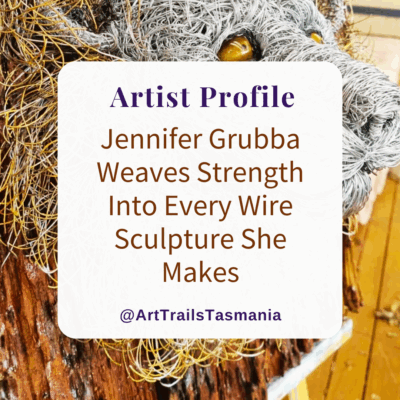
Jennifer Grubba Weaves Strength Into Every Wire Sculpture She Makes
Through healing and creativity, Jennifer Grubba transforms wire sculpture into soulful art, using each twist to calm the mind and express her recovery journey.
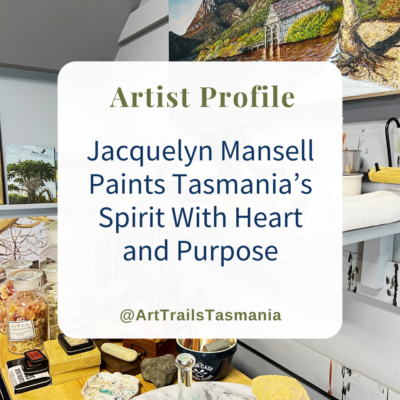
Jacquelyn Mansell Paints Tasmania’s Spirit With Heart and Purpose
Jacquelyn Mansell captures the wild beauty of Tasmania through soulful landscape art that connects artist viewer and place in a deeply meaningful way.
Sketchbook as a Creative Companion
Your sketchbook is your creative companion, it doesn’t judge, and it doesn’t require perfection. It invites play, exploration, and discovery at every stage.
Each of these 10 ideas offers a fresh way to deepen your connection with your materials, your subjects, and your creative self.
Combined with Part One, which introduced sketchbooks as a safe, flexible space for creative experimentation and this post offers a toolkit to start or enhance your practice.
You can also return to earlier blog stories on urban sketching, nature journaling, and budget-friendly sketching kits, all of which tie beautifully into sketchbook use.
Whatever methods or mediums you choose, remember: it’s not about the result – it’s about showing up for your creativity, again and again.
So grab your sketchbook, pick one of these ideas, and let your hands, heart, and imagination lead the way.
What’s Next
It is so easy to read a story and think “oh, that’s great, I should do that” and then time and opportunity zip past.
So what two or three ideas here sang to you? Or maybe have sparked your own ideas on how to vary the concepts?
Write them down in your diary, sketchbook, planner, even on an app on your phone so you can give them a go.
Maybe even set yourself some time to experiment. Fortunately even just 5 minutes can be a great entry path.
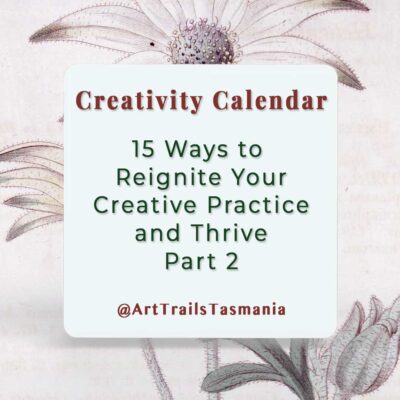
15 Ways to Reignite Your Creative Practice and Thrive Part 2
In Part 2 of our series on flourishing with your creative practice we explore 15 ways to find your path back to creativity, letting you live the Good Life your way.
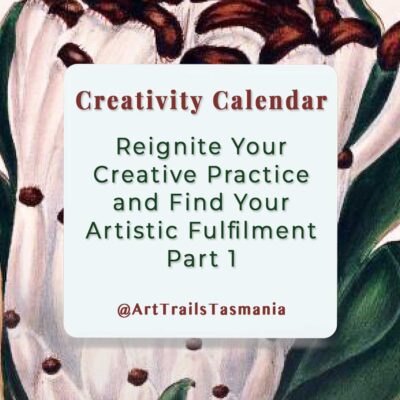
Reignite Your Creative Practice and Find Artistic Fulfilment Part 1
Finding your path back to creativity and reigniting your creative practice can bring a deep sense of artistic fulfilment is the focus of Part 1 in our series.
Read the Latest How To Blog Stories
Explore Charity Collaborations for Community, Growth and Connection Part 1
Grow, Flourish & Connect with Charity Collaborations Charity collaborations allow artists to partner with charities, using their creativity to support good causes while gaining exposure. These collaborations take many forms, such as donating artwork for auctions,...
Key Elements and Tips for Promoting Art Retreats Part 2
Promoting and Structuring Inspiring Art Retreats Part 2 of our series on art retreats focuses on key elements and promotional tips to make your events stand out. Art retreats are an excellent way to nurture creativity, offering a meaningful, immersive experience for...
How to Unlock Growth, Creativity and Community with Art Retreats Part 1
Creative and Financial Prosperity with Art Retreats Art retreats are invaluable for artists, makers, and art groups, offering opportunities for growth, creativity, and connection. In this first part of our two-part series, we explore why art retreats are so...
9 Bright Ideas for Artist-Led Workshops Part 2
Getting Started with 9 Ideas for Your Workshops In this second part of our series on workshops, we explore creative ways for you to grow both artistically and financially. Running workshops can be a fulfilling and sustainable source of income, while allowing you to...
Unlocking Creative Earning Potential of Artist Led Workshops – Part 1
Workshops: A Source of Inspiration and a Healthy Income Workshops are an incredible way for artists to expand their creative horizons and connect with others in meaningful ways and earn a important income from their creative talents. This is Part 1 of a series on...
Newsletters Made Easy for Artists
Crafting Compelling Newsletters for Artists & Creative Groups Newsletters are a vital tool for individual artists and creative organisations, offering a direct way to engage with your audience and build lasting relationships. However, planning out the content for...
Read the Latest Blog Stories and Flourish…
Australian Landscapes Shine in the New Annette Fuller Online Gallery
Creating an Online Gallery to Celebrate Annette Fuller's Contemporary Art I launched Annette Fuller Art online store on the 1 April this year – no it wasn’t an April fools joke!!! After months of behind the scenes work and many late nights, I pressed the button on my...
Jennifer Grubba Weaves Strength Into Every Wire Sculpture She Makes
Jennifer Grubba is Untangling a Path to Healing with Her Wire Sculpture Practice My wire sculpture has been part of my recovery after a diagnosis of PTSD, Depression, Severe Anxiety and Agrophobia. I find the wire is incredibly meditative, and I can easily lose myself...
Knitted Wire Bracelet Workshop with Noelene Hammond
Have Fun Making Knitted Wire Bracelets This is a beginners knitted bracelet lesson. Learn how to knit your own bracelet or for a special gift. You will be using wire and seed beads in this lesson it is how to use the wire and hold the beads in place. You must know to...
Finding a Path to Healing with Creativity and Community Part 1
The Whispers of Creativity It seems that every stage of life throws up challenges, denting your heart and opening the doors to questioning what’s important, and for me, there’s always the whispers from creativity: “let creativity in, yours or ours”. In the last while,...
Jacquelyn Mansell Paints Tasmania’s Spirit With Heart and Purpose
Meet Tasmanian Artist Jacquelyn Mansell The greatest joy in my art comes from the profound connection between myself, the subject, and the viewer. Immersing myself in the landscapes and wildlife of Lutruwita (Tasmania) allows me to translate the island's raw beauty...
Discover Author Debra Clewer’s Harriet and Will: The Secret Rings
You're Invited to the Book Launch of "Harriet and Will: The Secret Rings" Smithton author Debra Williams (writing under the pen name Debra Clewer) is launching her Middle-Grade historical fiction/fantasy children’s novel, "Will and Harriet: The Secret Rings". When:...
How to Make the Most of Entering Exhibitions Like the Incognito Art Show
Making the Most of Exhibiting in Events Like the Incognito Art Show The Sydney-based Incognito Art Show is now Australia's largest annual art show. It is open to any artists intersted in taking part. It is an event where artists anonymously donate postcard-sized...
15 Ways to Reignite Your Creative Practice and Thrive Part 2
15 Practical and Exciting Ways to Find Your Path Back to Creativity Welcome back to Part 2 of our series on Finding Your Path to Creativity with your own creative practice! Whether you’re returning to a long-loved creative practice or seeking fresh inspiration, the...
7 Books for Creative Growth Book Review
Book Reviews for Art Lovers It is book review time with these inspiring books that are all about sharing inspiration, skills and leading you along creative paths of growth. Dive into Mastering the Art of Fabric Printing and Design by Laurie Wisbrun, The Wildlife...
Read What Our Members Say About Belonging
Join the growing, supportive artists community today and have your Artist story told here.
Belinda is doing a great job creating a professional looking artist hub online. Check out the profile I posted recently to see how well she does them. To all my artist friends let’s help make this THE go to place to discover local artists.
You won’t regret joining Art Trails Tasmania . It’s a welcoming community for creatives at any career stage.Becoming an Art Trails Tasmania member wasn’t a hard decision for me to make as it’s such a wealth of knowledge and support.Being member provides a quality way to showcase your creative endeavours and it’s quickly growing in reach.
We operate a home based picture framing business and recently joined Art Trails Tasmania as a means to giving us exposure to the wider artist community. We have almost immediately seen increase in activity thru our online sites, which I am certain will lead to more opportunities to grow our business.

